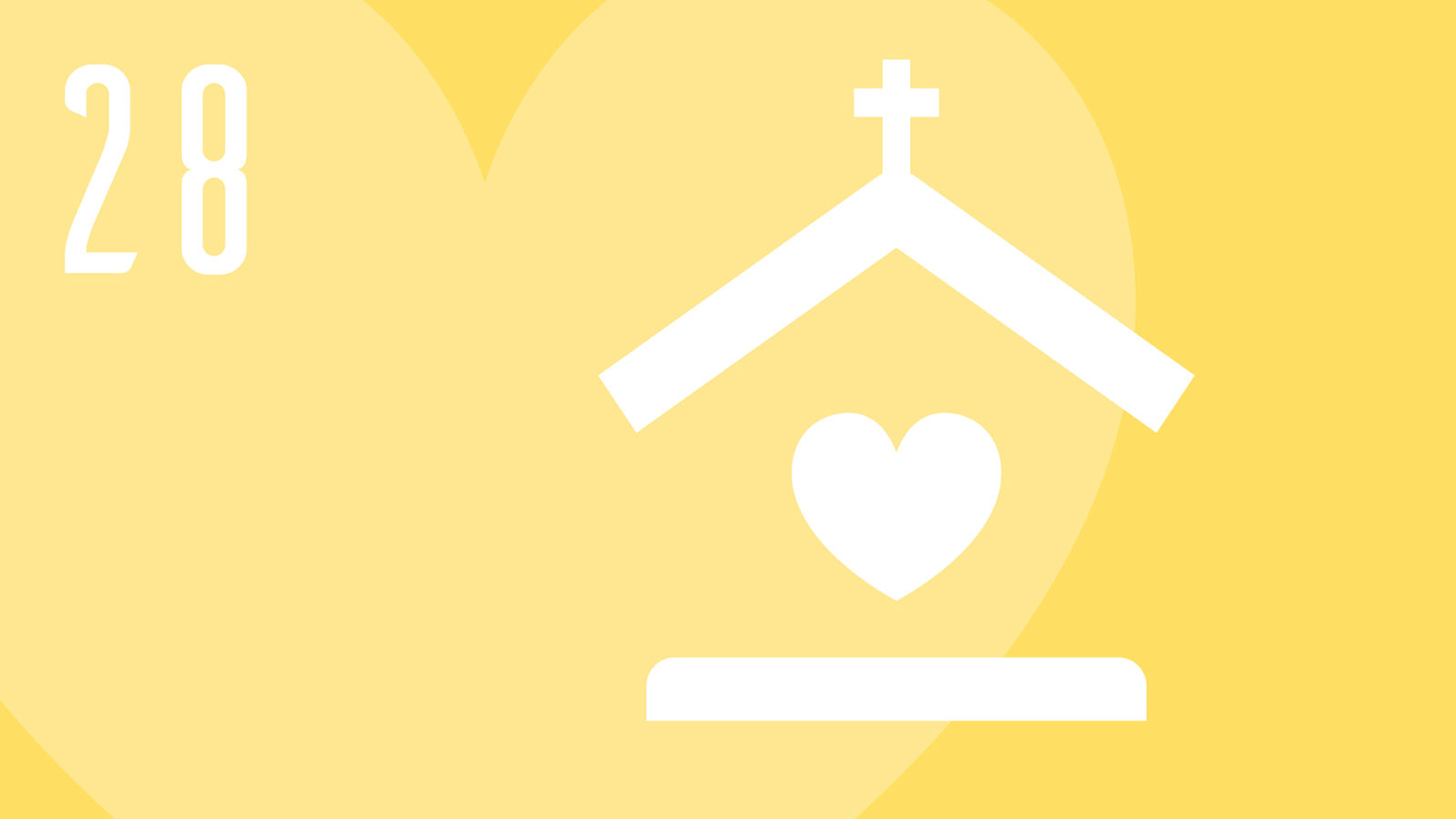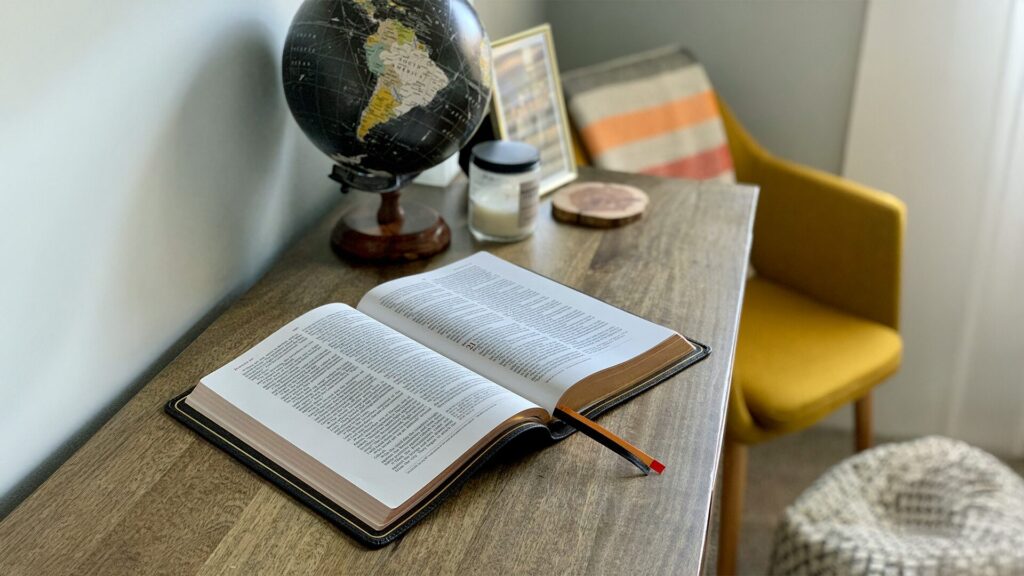The church
The church is the community of believers who confess Jesus Christ as Lord and Saviour. In continuity with the people of God in Old Testament times, we are called out from the world; and we join together for worship, for fellowship, for instruction in the Word, for the celebration of the Lord’s Supper, for service to humanity and for the worldwide proclamation of the gospel. The church derives its authority from Christ, who is the incarnate Word revealed in the Scriptures. The church is God’s family; adopted by Him as children, its members live on the basis of the new covenant. The church is the body of Christ, a community of faith of which Christ Himself is the Head. The church is the bride for whom Christ died that He might sanctify and cleanse her. At His return in triumph, He will present her to Himself a glorious church, the faithful of all the ages, the purchase of His blood, not having spot or wrinkle, but holy and without blemish. (Genesis 12:1-3; Exodus 19:3-7; Matthew 16:13-20; 18:18; 28:19,20; Acts 2:38-42; 7:38; 1 Corinthians 1:2; Ephesians 1:22,23; 2:19-22; 3:8-11; 5:23-27; Colossians 1:17,18; 1 Peter 2:9.)
Most Sabbaths I’m woken by a four-year-old at my bedside with a question, “Dad, is it church day?”
Occasionally it’s a six-year-old but the question is the same.
Whether their anticipation is fuelled by the captivating preaching or the seemingly endless stream of sweets and snacks doled out to them during church and Sabbath School I am unsure. (I suspect it may be the latter. No offence pastor.)
But bless their young, energetic hearts—it’s good to be excited about “church day” isn’t it? Even if it is 6am and I’d rather be sleeping.
Wiping the sleep from my eyes as we pad down the hallway together, their excitement is increasingly matched by my concern. As a parent, their question is as worrying as it is comforting.
Of course, I want them to be excited by Sabbath and the church. I’d far prefer that to a weekly ritual of ripping their fingers from the door frame as we drag them to the car in their Sabbath best.
What worries me is this: that at the tender ages of six and four my children are already learning that the church has walls.
Physical walls. Chronological walls too. And some walls that you can’t even see or measure but you sure can feel.
Walls that say—this is church and this isn’t church.
That this large brick building with an oddly pitched roof (and all the others whose silhouettes look vaguely similar) are what constitutes “church”.
That when the clock hand points in a particular direction, well that is “church day”—but shift it a few degrees either way, and well, it’s clearly not church day anymore.
That church is a set of special clothes or a different set of songs.
Throughout Scripture the church is described in personal, human terms—as family (2 Corinthians 6:14-18), a bride (Ephesians 5:22-33) and a body (1 Corinthians 12:27). Not as some inanimate object or legal concept.
The real church has legs, arms and faces. It has hearts and minds, fears, tears and fist-pumping winning at life moments too. It has, as they say, “warts and all” (even if some of those are covered by a liberal dose of concealer and pride).
And there’s good reason for this—the church lives and breathes through the lives of its members because the foundation it is built on lives and breathes in the same way.
The foundation of the church is not stone nor concrete; neither is it doctrine, dogma or practice. The Cornerstone of the Seventh-day Adventist Church is Jesus Christ—the Son of God who not only gave us breath, but breathed amongst us (Ephesians 2:19-22).
I’m proud that as a community of believers one of our fundamental truths emphasises that the church is a living, breathing thing, whose very heart beats for the single purpose of amplifying the truth of Jesus Christ into the world (Matthew 28:19).
In the words of Fundamental 12, I see the energy of a movement of people committed to this vision; people who seek courage instead of comfort; who spend more money on their community than they do on their carpet; who understand the significance of their gathering is only found in the manner of their scattering; and whose defining characteristic is not an orange sign but the following of Jesus Christ. [pullquote]
I wonder if that’s really the church I am helping to build.
So every Sabbath I sit with my kids and think about the week that has been, and how I have (and could have) shown them what a church without walls could look like.
Maybe my questions would be useful for us all to reflect on no matter our age:
Did I help them see the sacred in the everyday?
Did I model and encourage conversations with people outside of our circle—people who might not look, sound or act like us?
Did I give them the responsibility of speaking and sharing love and life with those around them?
Did I push them to consider the issues facing the world and help them see themselves as God’s agent of change amongst it?
Did we talk about Jesus and celebrate what He’s doing in their lives and the lives of others?
Did they see what happens on Sabbath as something to be consumed, or something to contribute to?
Let’s stop thinking and talking about church in a way that builds walls. Instead let’s really begin breaking down the walls of church in our mind—the physical and chronological, and even the theoretical ones too.
If we’re feeling really brave why not consider the walls of departments, limited or unlimited companies, conferences (of the General or specific kind)—all of which are constructs built of walls in the mind and bank accounts.
Instead of my kids asking me if it’s “church day”, imagine if they woke up every single day asking with the same eager anticipation, “Dad, how can we be the church today?”
Then Sunday through Saturday are church days—seven days of connecting, worshipping, serving and proclaiming.
Then every place, be it school, a café or playground is church.
Then, instead of seeing church as their pastor, Sabbath School teachers and the grinning greeters at the door, they recognise that among their friends, in the family home and in the wider world that they are the church—and its mission can be carried out wherever they go.
Imagine if we all woke up with that thought each day.
I believe in a church with no walls. And I want to start building it today.

Braden Blyde writes from Adelaide, South Australia, where he serves as chaplain for Prescott College.






